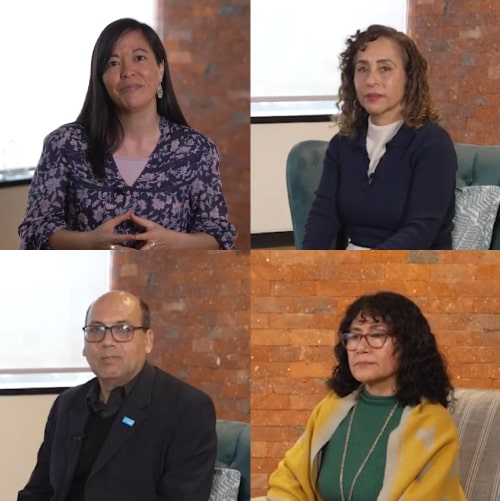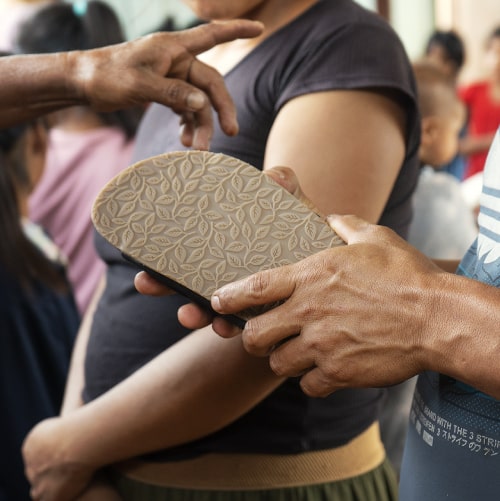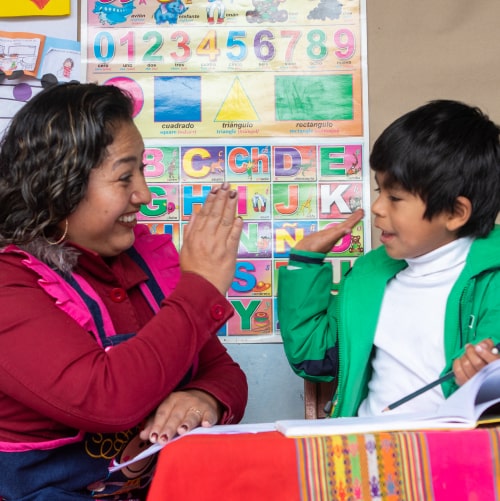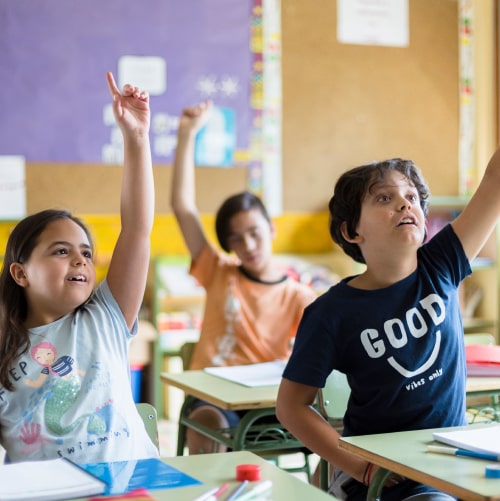Wiese Foundation, in alliance with the Ministry of Culture, works to research, conserve, valorize and disseminate the findings made within the El Brujo Archaeological Complex located in the department of La Libertad. This work was inspired by the love of Peru and the passion of Guillermo “Pancho” Wiese, who started this project in August of 1990. Since then, the commitment of the Foundation to the archaeological heritage has been consolidating until it became invulnerable to time, just as the walls of the complex.
Wiese Foundation and the El Brujo Archaeological Complex
What do the pre-Hispanic sites represent and why must they be conserved? Ingrid Claudet, general manager of Wiese Foundation, considers that in order to look at a better future one must learn to look at the past.
“The material culture, such as the edifices and objects that we conserve at the El Brujo Archaeological Complex, possess an important amount of knowledge, which, combined with the ancestral knowledge present in the people who live around the site, compose this so magnificent cultural legacy that Peru has. If there is something that makes our country unique and incomparable, it is its vast and most rich cultural heritage”, indicated Claudet.
From the ancestral to the digital, to preserve the knowledge
The research and studies conducted at the El Brujo Archaeological Complex have gone hand-in-hand with modernity, especially in this year 2020, when the pandemic has challenged the regular way to work on cultural heritages. Together with a diverse team of specialists, Wiese Foundation has developed digital content in order to present it in a recreational manner, in order to generate the interest of future generations for the preservation of the cultural heritage.
“What we do is to preserve the knowledge. In order to do so, we have created a digital platform that can conserve and document the images of all the objects from the complex with the objective of making them available to the public”, stated Claudet.

Actions for protecting and promoting the archaeological heritage
Ingrid Claudet says that they are planning a project at the archaeological site in order to work with boys and girls from the Chicama valley, so that they may become familiar with the cultural heritage that belongs to them. The general manager of Wiese Foundation states that bringing the cultural heritage closer to future generations is a debt owed by those who are on the side of the cultural management of the archaeological sites.
“We are working on the guiding, in order for it to become a mediation by someone specialized who can convey the information in the most appropriate manner”.
However, just as there are actions for preserving the heritage, there are also risks of damaging it. Ingrid Claudet points out two types of threats:
“There are natural threats, such as the El Niño phenomenon, torrential rains and earthquakes. In the face of these threats, there is not much that one can do. However, the presence of huaqueros (tomb robbers) and land invasions are two risk factors and threats that must be controlled. The best way to control them is for future generations to know the value of the cultural heritage and that they consider it to be sacred, that no one destroys it, because it holds the knowledge that allows us to build a better society”.
The El Brujo Archaeological Complex has already reopened its doors to the public. If you wish to visit us, we invite you to click on the following link: https://www.elbrujo.pe/en










